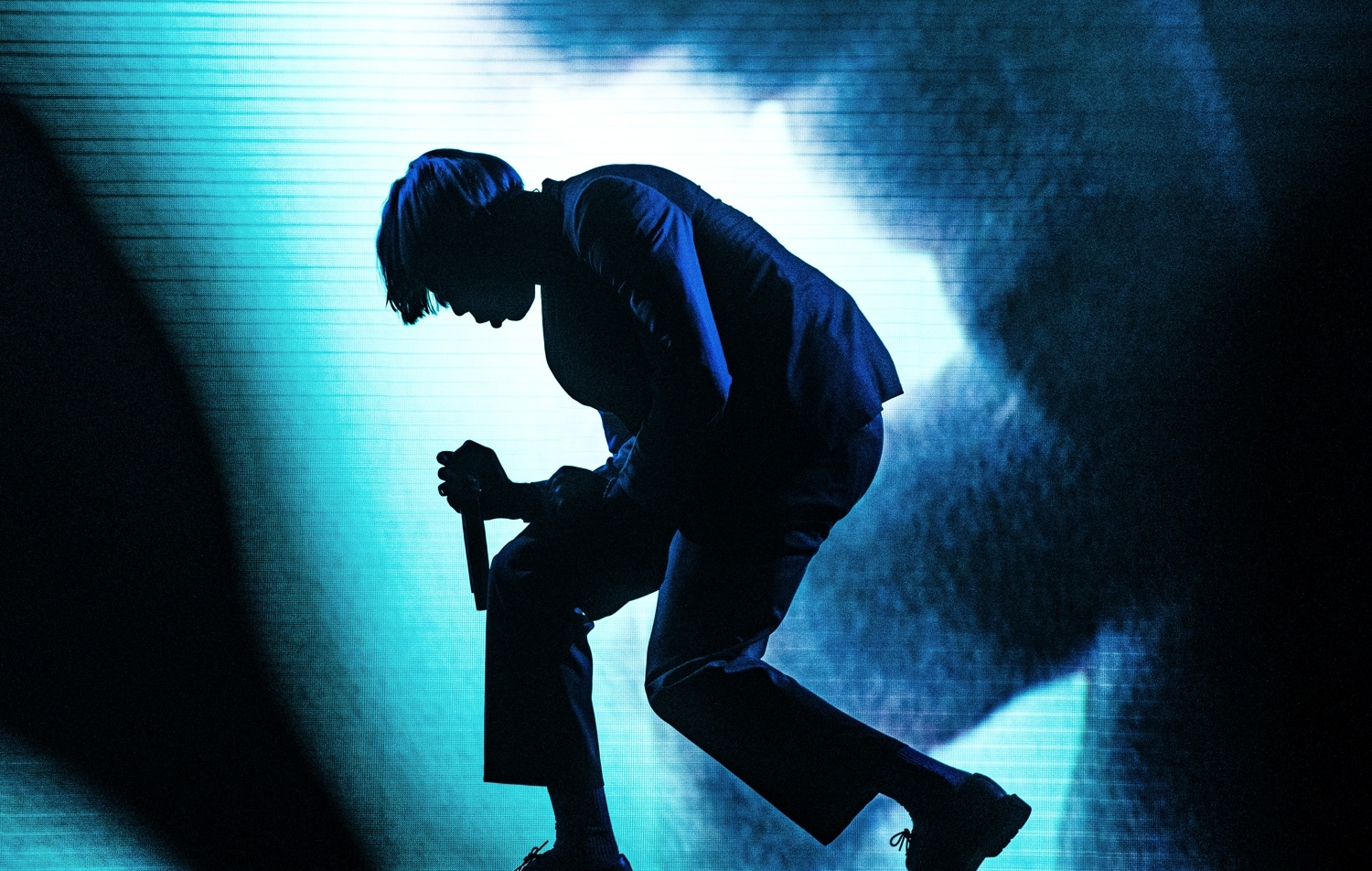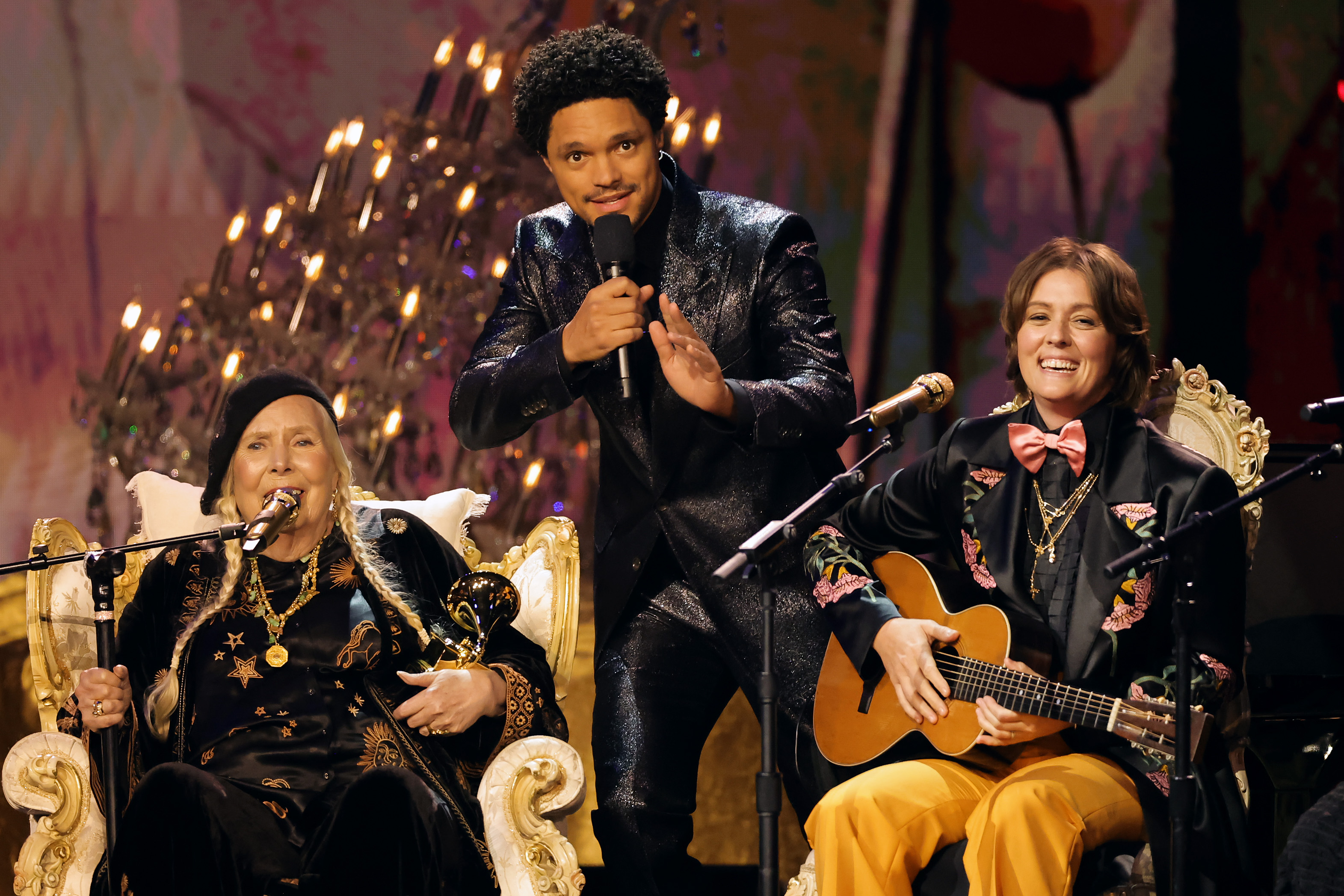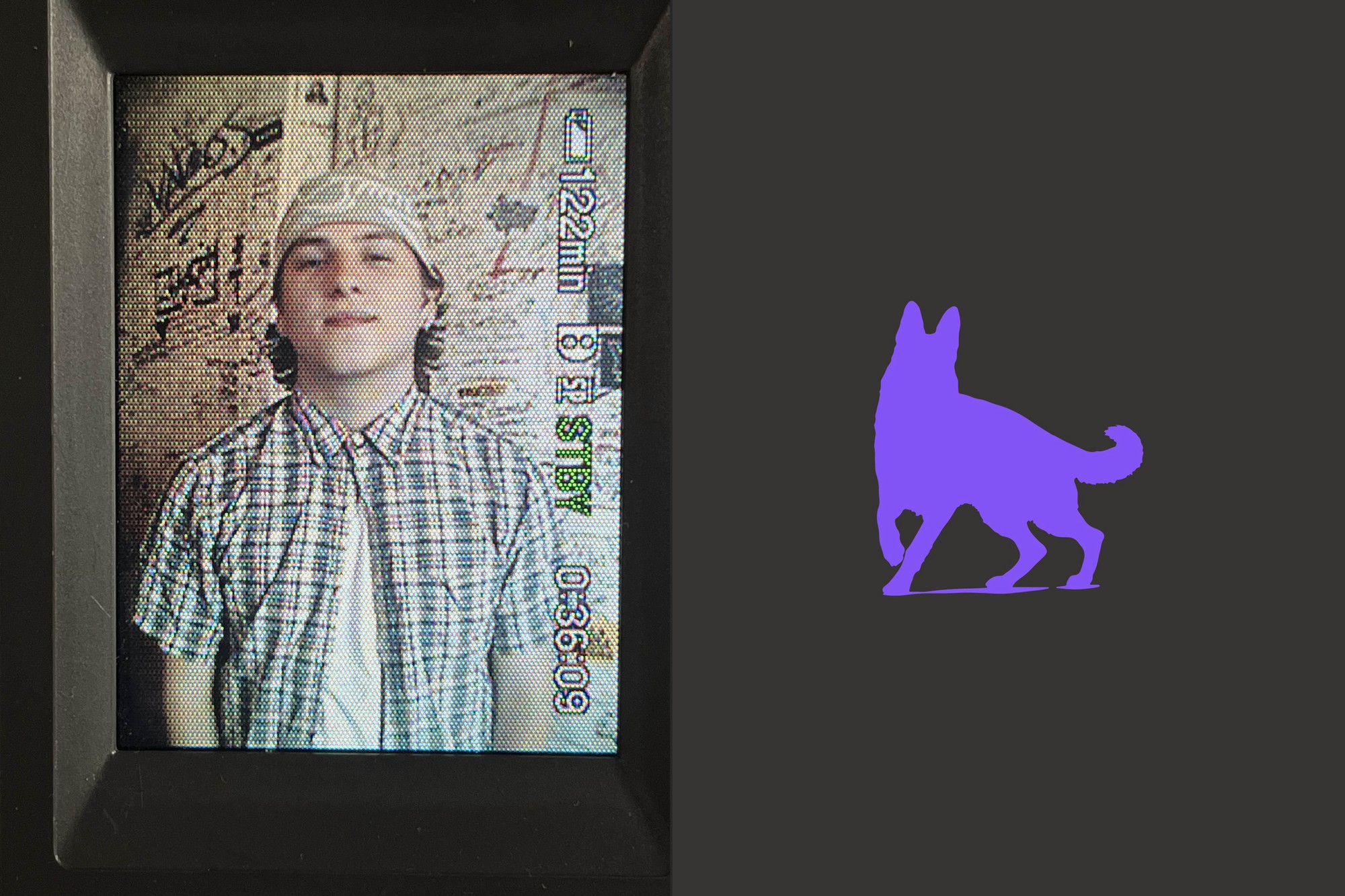Opinion: Music industry rigidity stifles artists’ creative freedom, ability to ‘genre-bend’

Tyler, the Creator performs on stage at Camp Flog Gnaw in 2019. (Daily Bruin file photo)
By Russell Ahmed
May 24, 2024 12:10 a.m.
This post was updated June 2 at 10:05 p.m.
It was the summer of 2016. My family was driving home from the Memorial Tournament, a Professional Golfers’ Association Tour event hosted at a golf course just over 30 minutes from my home. Sixth grade had just come to a close. My bhaiya, or elder brother in Bangladeshi culture, and I shared a pair of earbuds as he played “All We Got” from Chance the Rapper’s third independent mixtape, “Coloring Book.”
I was only 12 years old in 2016, but I had been listening to music for long enough to know that “Coloring Book” was one of my favorite pieces of art. I dove into Chance’s the Rapper discography. His sophomore mixtape, “Acid Rap,” suited my ears equally as well. On “Favorite Song” with Childish Gambino, Chance the Rapper captured the excitement one feels when they resonate so strongly with a piece of music – hence the title.
Still, “Coloring Book” was an album that struck so many different chords. There is a strong gospel influence, with features from Young Thug and T-Pain and production by Ye, known as Kanye West at the time.
The summer leading up to seventh grade was a peculiar time for me. I finally got a phone. I learned about Instagram and Snapchat. Most importantly, I was able to listen to my favorite Chance the Rapper songs over and over again. His firm grasp on the music industry as an independent artist was memorable, historic and inspirational in a myriad of ways. His dominant run lasted well beyond the end of the summer, but it would come to a swift end once he released his next project in 2019, “The Big Day.”
It was an album dedicated to his wedding day. The record differed both sonically and lyrically. It did not contain the youthful bravado found on “Acid Rap,” and it did not lean into the gospel sounds found on “Coloring Book.” While critic reviews deemed the album to be satisfactory, it was received horrendously by the public. Most importantly, Chance the Rapper’s biggest fans disapproved.
Along with being an instant classic, “Coloring Book” came out during a time when my fondest memories began to anchor themselves in the art I consumed while those memories were created. Therefore, part of me wishes every Chance the Rapper project echoed his 2016 mixtape. Another part of me understands that an artist who tries to reproduce something that worked for them in the past will often subject themselves to a short-lived career.
Years later, I grew curious about why Chance the Rapper decided to take a new creative direction with “The Big Day.” Listening with fresh ears in 2024, the album is not as poor in quality as it is different from the rest of his body of work.
Chance the Rapper is not the only artist to have executed such a shift. More recently, ScHoolboy Q’s “Blue Lips” and Beyoncé’s “COWBOY CARTER” are stark departures from their previously established style.
For these artists, deviations from the norm are products of their personal evolution. Their artistic fluidity can serve as more than a creative decision to take on a different sound or genre.
These shifts are conscious choices by the artists to make a statement about a new reality – or even a longstanding one – that they have been presented with.
“Any artist who’s making any kind of decision about redirection is probably doing it in a personal way,” said Catherine Provenzano, an assistant professor of musicology and in the Music Industry Program at UCLA. “It does imply to me a point, maybe, in an artist’s career where they’re developing a different kind of reflexivity about what their work does.”
In other words, a choice by an artist to adjust their style can communicate a newfound perspective that they have of themselves as a musician, writer or performer. This idea is extremely apparent in ScHoolboy Q’s new album released in March of this year.
On the song “Cooties,” ScHoolboy Q expresses a feeling of entrapment as a result of his successes within the music industry. Consequently, the level of prominence that ScHoolboy Q has established comes with limitations. At this point in his career, he grapples with the implicit constraints of capitalism that may permeate his studio sessions.
For an artist with a large following, there seems to exist a suffocating pressure to adhere to the style of music or creative expression that garnered attention in the first place.
“A lot of that disillusionment comes along with what it takes to keep up a kind of commercially viable artistic career that requires certain sorts of bowing to commodification that can grate against an artistic sensibility,” Provenzano said.
In a way, the nature of consuming art under capitalism forces artists to compromise their creative freedom to remain palatable for their intended audience. To me, it seems like this happens somewhere in between establishing a fanbase and full-fledged stardom. In the beginning, though, an artist can be more organic to themselves.
“For me, songwriting is just kind of a creative flow,” said Maya Mougey, a singer-songwriter from Ohio and a third-year music history and industry student. “As far as finding my unique sound, I feel like I really haven’t intentionally realized the way my sound is going until looking back in hindsight.”
For artists like Mougey, who are still in the early stages of their career, there is less pressure to appease a certain audience or fulfill a certain image with their music. Conflict arises when musicians do not meet the expectations placed on them by the music industry or their audiences.
According to Robert Fink, the chair of Music Industry Programs at UCLA and associate dean for academic affairs at the Herb Alpert School of Music, external factors influencing the production of art have historically stripped artists of their creative liberty and led to tension in relationships between artists and audiences.
In 2019, Tyler, the Creator won a Grammy Award for “IGOR”. This album was unlike any of his previous works. He described it as “genre-bending” – which it was – but the Grammys recognized his work as a rap album.
“People just assigned this guy’s music to a genre even though he had deliberately decided not to be doing that. So that’s the situation where you do a redirect, and people just don’t even notice,” Fink said. “So I do think there are moments where people realize, ‘Oh my God, I am trapped in this genre. No matter what I do, I am a rap artist.’ I think for African American musicians, this cuts harder.”
There is an implicit tendency to consider Black artists as less in control of their creativity. This materializes as society attempts to prematurely designate music for Black people. Popular culture and the music industry as a whole has unfairly assigned value to Black art that arises from the context of their environment, which stems from stereotypes and fails to acknowledge the multidimensionality of their experiences.
This racial asymmetry is why a country album from Beyoncé is met with significant controversy while the genre-scattered discography of Taylor Swift is met with applause.
Foremost, the advent of a musical genre was always a marketing tactic and divided by racial lines. White Americans were sold “Hillbilly” music while African Americans were sold “Race Records,” which eventually evolved into “Rhythm and Blues.” As desegregation occurred, the racialized aspect of music consumption did not go away, and the realities in the music industry that pigeonhole Black musicians into the categories of R&B, hip-hop or rap remain prevalent.
When “The Big Day” came out in 2019, many people assumed Chance the Rapper stopped holding himself to the standard set by his previous mixtapes. The fact is, no one can really say whether or not this was true.
What I can say is that I was not entitled to another “Coloring Book” or “Acid Rap.”
The expectation we place on artists to fit a certain mold or sound is what causes the frustration that Tyler, the Creator experienced in 2020, the pushback Beyoncé still receives in 2024 and the disillusionment that ScHoolboy Q feels over a decade into his career.
For me to ask any of my favorite artists to recreate music consistent with a sonic preference grounded in a fond childhood memory would be to undermine their creative authority. Furthermore, it is imperative to avoid this tendency as listeners because it disproportionately affects Black artists, regarding how their music is received and how it is subject to categorization by larger entities such as the Grammys.
Artists are the arbiters of their work, and we aren’t “owed” anything other than the products of their truest expression – even if that product doesn’t sound or look like what innervated our fandom for them in the first place.



